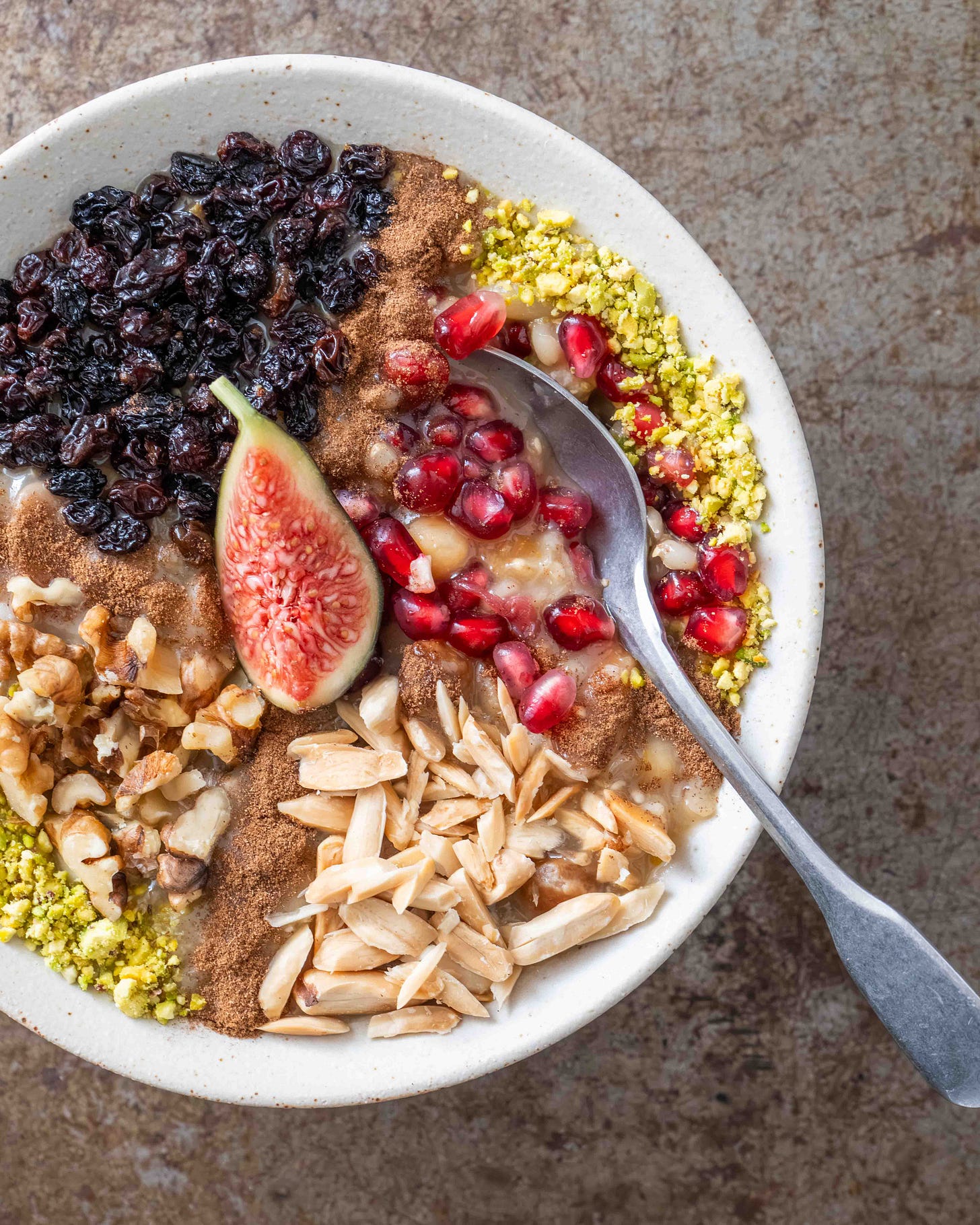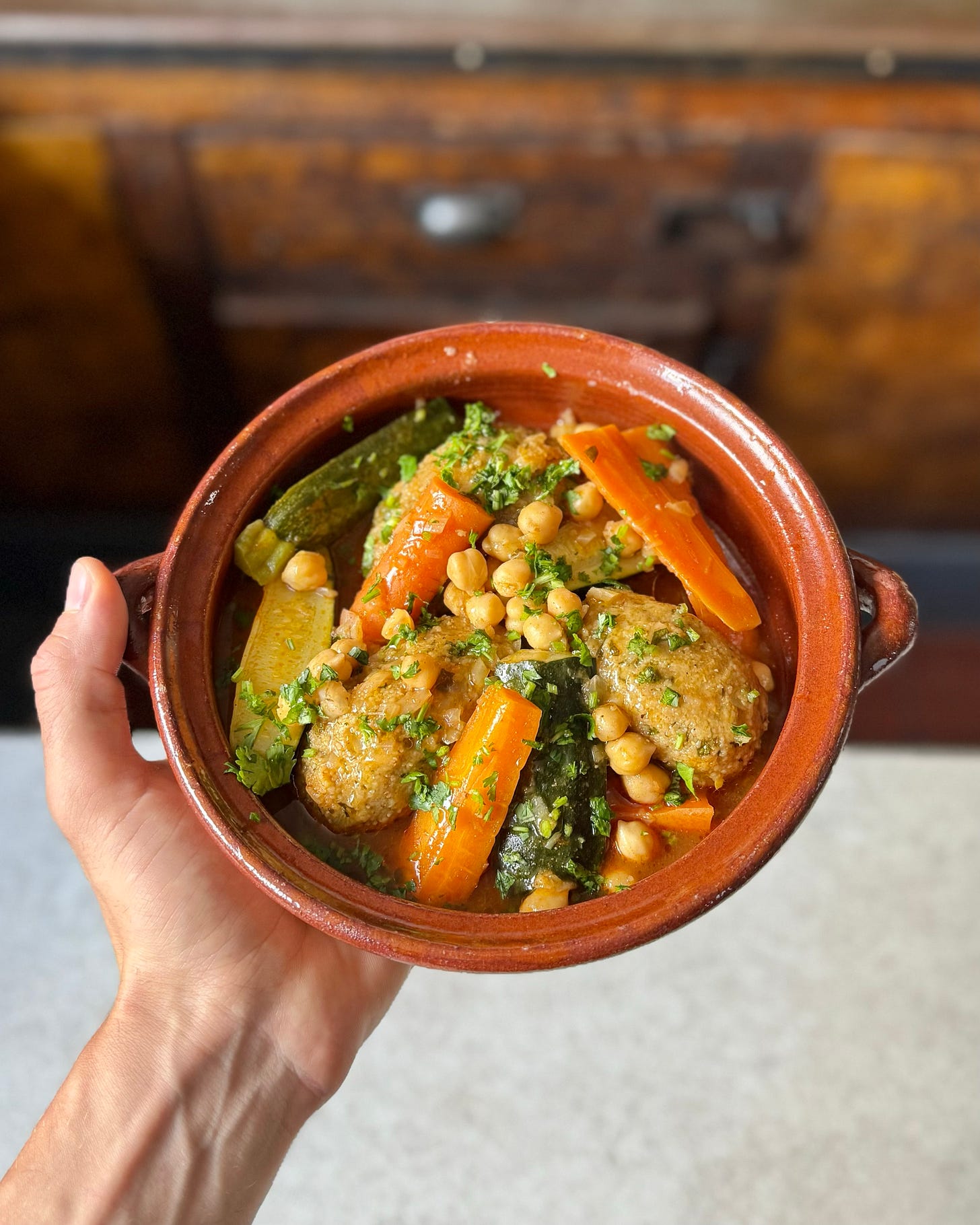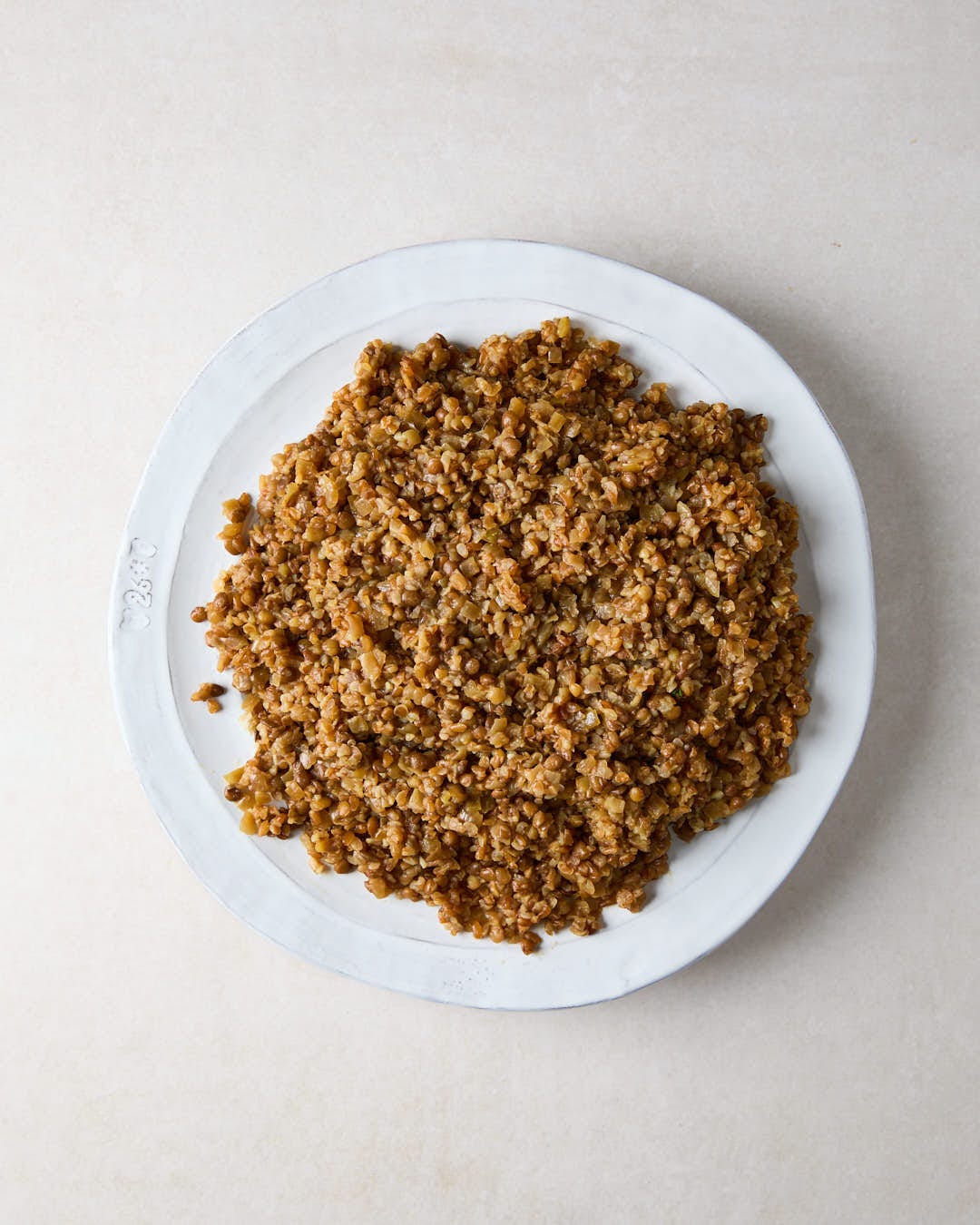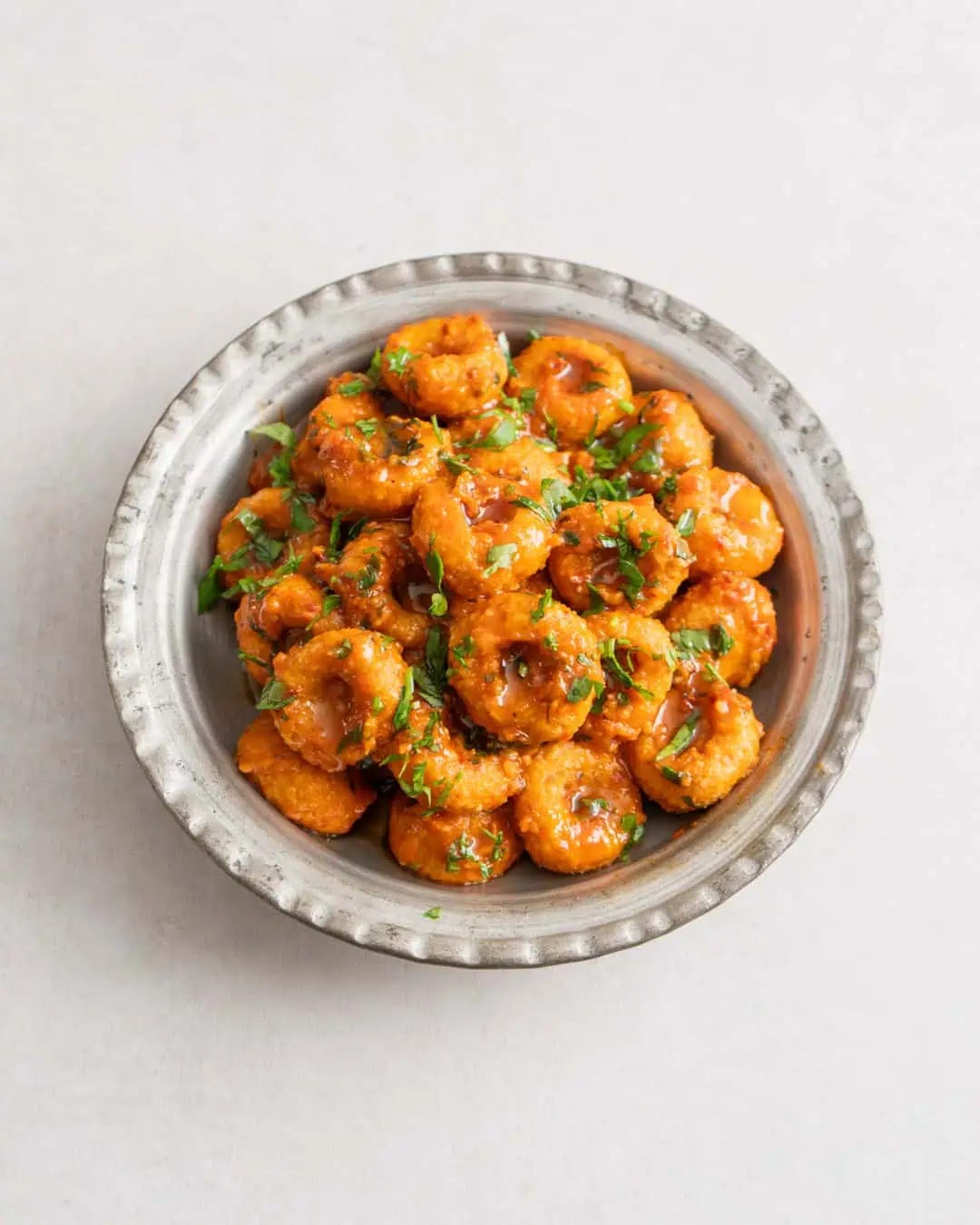In case you haven’t seen it yet (cause let’s be honest, I wasn't exactly quiet about it on my other social channels), I recently released a new YouTube episode. In this one, I visited İzmir, a large city as well as province along Türkiye’s Aegean coast, where I set out on my usual mission: to try as many naturally vegan dishes as I could get my hands on. And İzmir didn't disappoint. The huge variety of plant-based dishes was once again proof that plant-based food is already all around us.

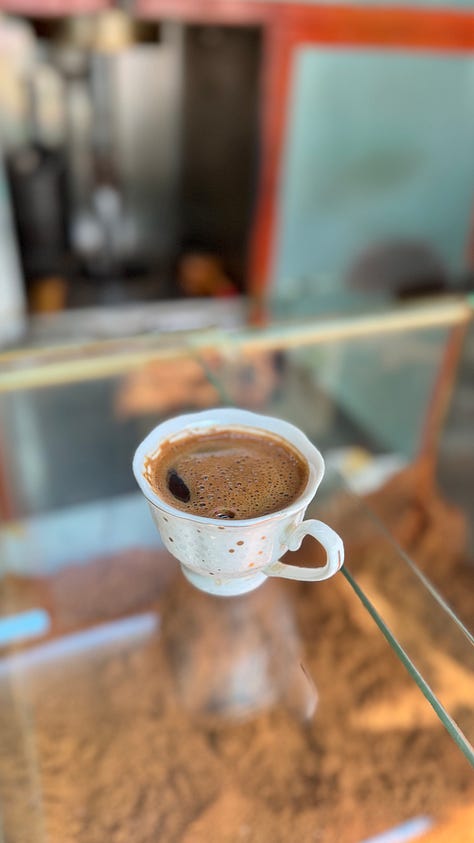
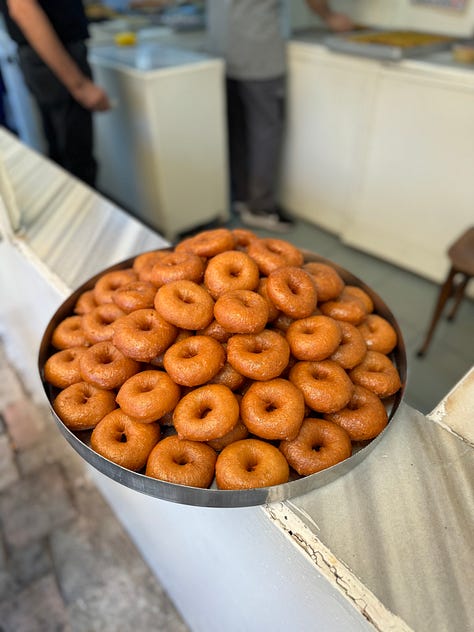
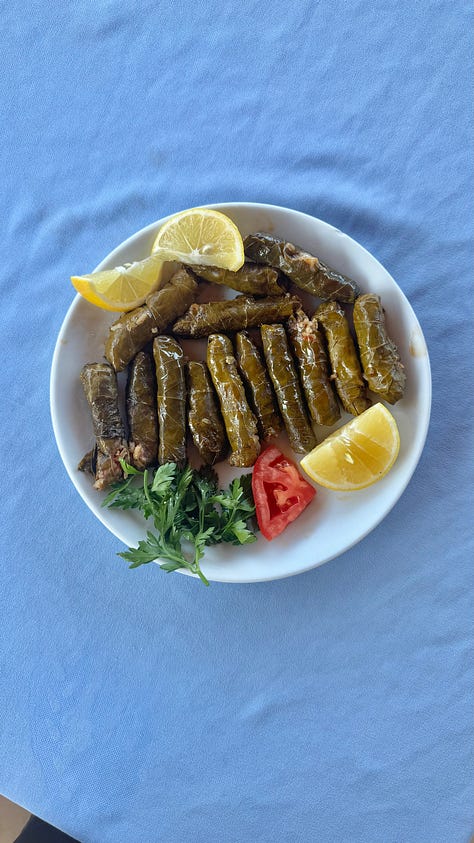


I learned how Turkish sweets are made using the most delicate pistachios I’ve ever seen, each one picked by hand. I watched Mustafa defy gravity, shaping donut-like sweets from a liquid batter before giving them a final bath in rose-water-infused syrup. And I spent time in the nearby town of Şirince, where Dursun peacefully shaped and stuffed Gözleme by the fire.
It’s one of my favourite episodes so far. So if you’ve got a moment this week to make yourself a refreshing drink and take a brief trip into the culinary heart of İzmir, I’d love for you to give it a watch.
Wildfires in Izmir
Speaking of İzmir — the region has recently experienced some of the worst wildfires of its kind, yet it barely made an appearance on international news. During my visit, I fell in love with the culinary culture that is so deeply rooted in the rich, diverse landscape. The fires have been incredibly destructive and locals and animals are in urgent need of help. If you can, please donate to one of the organisations below.
Aşure
It’s known as the oldest dessert in the world. According to legend, the first Aşure was made using leftover grains, legumes, nuts, and dried fruits from Noah’s Ark. The recipe is also featured in my book Naturally Vegan, but to mark the beginning of Muharram last week, I shared it exclusively on my website here, so that you can make a batch during the traditional Aşure month.
Test Kitchen Updates
Tikourbabine
This is a historic dish first prepared by the Amazigh, the indigenous people of North Africa. It’s still commonly eaten today, especially in countries like Algeria. The oval-shaped dumplings are made from semolina — the same durum wheat used for couscous — and served in a spiced broth with chickpeas and vegetables like courgettes and carrots.
Mujadara Hamra
I know I’m not supposed to pick favourites — and technically, I won’t. But Lebanese cuisine has to be up there. I’m constantly amazed by the clever, deeply rooted ways of cooking plant-based dishes that were never designed to be “plant-based” in the modern sense.
Mujadara Hamra is a perfect example. On paper — or even visually — it might not seem like much, but once you take the first bite, especially if paired with a refreshing salad, you’ll be hooked. It’s typical of South Lebanon, where brown bulgur is the grain of choice, giving the dish a beautiful nuttiness. The caramelized onions are not sprinkled on top, as it is the case for other Mujadara dishes. Instead, they are mixed through the lentils and bulgur for an extremely savoury flavor and wonderful, almost creamy mouthfeel.
Sarımsaklı Köfte (Turkish Bulgur Balls in Garlicky Tomato-Pepper Sauce)
Still staying in the grains lane, I picked this one to highlight this week because it deserves a bit of attention. The garlicky tomato-pepper sauce is so delicious, it’s almost drinkable, and the bulgur balls — with their little finger-shaped indent—are basically designed to scoop up as much of that goodness as possible. Ingenious!
Hope you enjoyed this week’s round-up. As always, I’ll be back this Friday with another exclusive recipe. Have a good week!
Much love,
Julius



